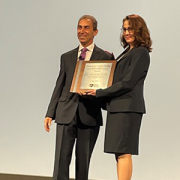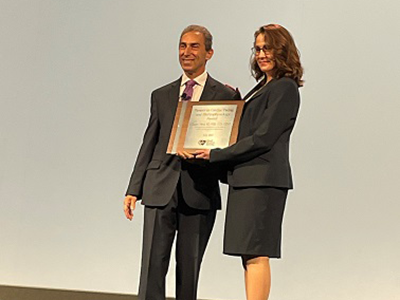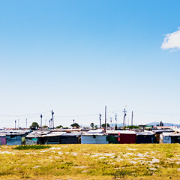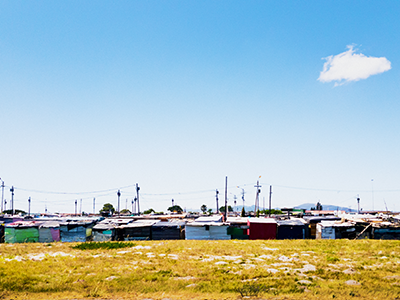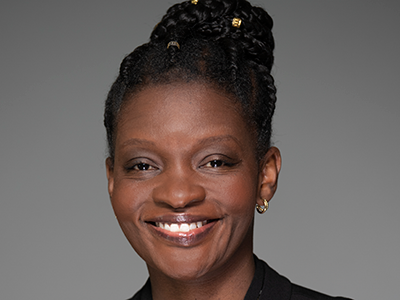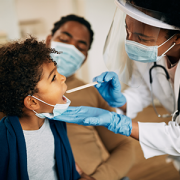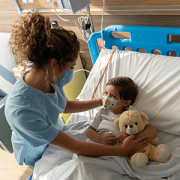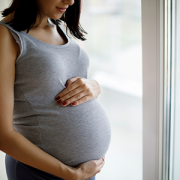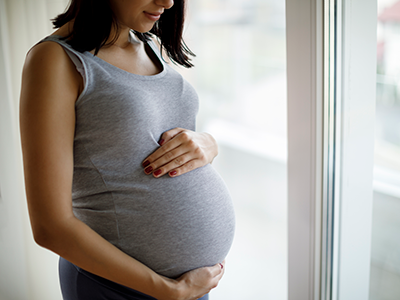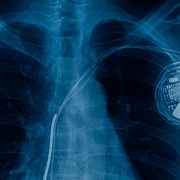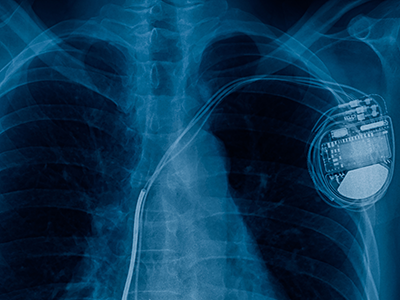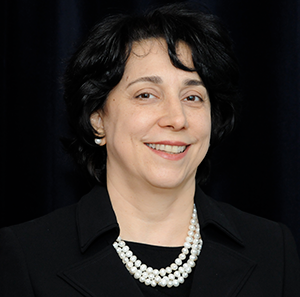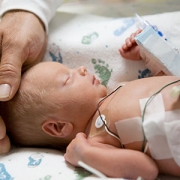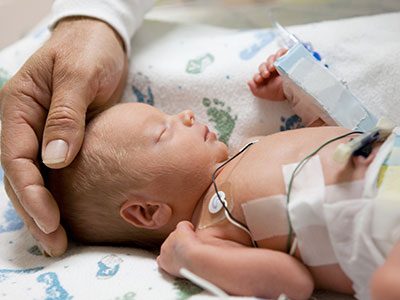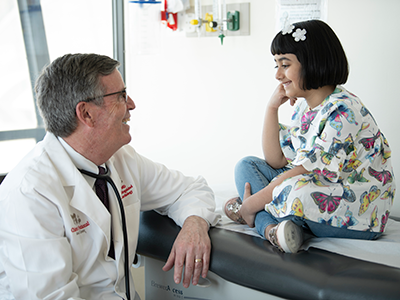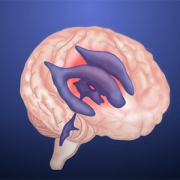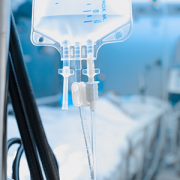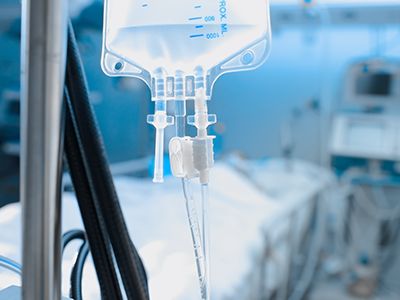One-half of MIS-C patients at a single center experienced heart complications

A single center study of patients with multisystem inflammatory disease in children (MIS-C) found that half of children diagnosed with MIS-C had a heart complication as part of the disease. The study collected and analyzed data from 39 cases of MIS-C at Children’s National Hospital in 2020. MIS-C is a pediatric disease that has been linked to SARS-CoV-2, the virus that causes COVID-19.
The study’s findings appear in the journal Cardiology of the Young. The authors aimed to describe the type and frequency of cardiac complications in children with MIS-C while also outlining the disease’s short-term progression. They also hoped to better understand the demographics, clinical and laboratory findings, as well as the therapeutic successes for children with cardiac complications from MIS-C.
“While half of all children at our hospital diagnosed with MIS-C did experience a cardiac complication, it’s important to note that almost all of them (84%) also fully recovered from that cardiac complication within 50 days of diagnosis,” says Ashraf Harahsheh, M.D., director of Quality Outcomes in Cardiology at Children’s National Hospital, who led the study. “We were also able to identify a few common factors among those with cardiac complications that, with further research, may help us identify earlier the children with MIS-C who are at greater risk for heart problems.”
The study found that children with cardiac complications had higher levels of natriuretic peptides, which appear in greater numbers when the heart isn’t pumping enough blood to the rest of the body. Additionally, children who developed heart complications also had higher initial white blood cell counts. MIS-C cardiac complications ranged from mild systolic dysfunction to coronary artery abnormalities and/or artery dilation.
This was a retrospective, observational study of 39 patients admitted to Children’s National Hospital from March 2020 to September 2020 who met the Centers for Disease Control and Prevention MIS-C case definition. Patient demographics, clinical features, laboratory values, diagnostic investigations, including echocardiograms, and therapies were extracted from the electronic medical records.
“This syndrome has some similarities to Kawasaki disease, another inflammatory syndrome that is known to cause cardiac complications,” says Dr. Harahsheh. “Thankfully what we’ve learned from studying and treating Kawasaki disease in children has helped us collaborate with partners around the world to find treatments for MIS-C that seem to minimize the impact of these complications, at least in the short term.”



